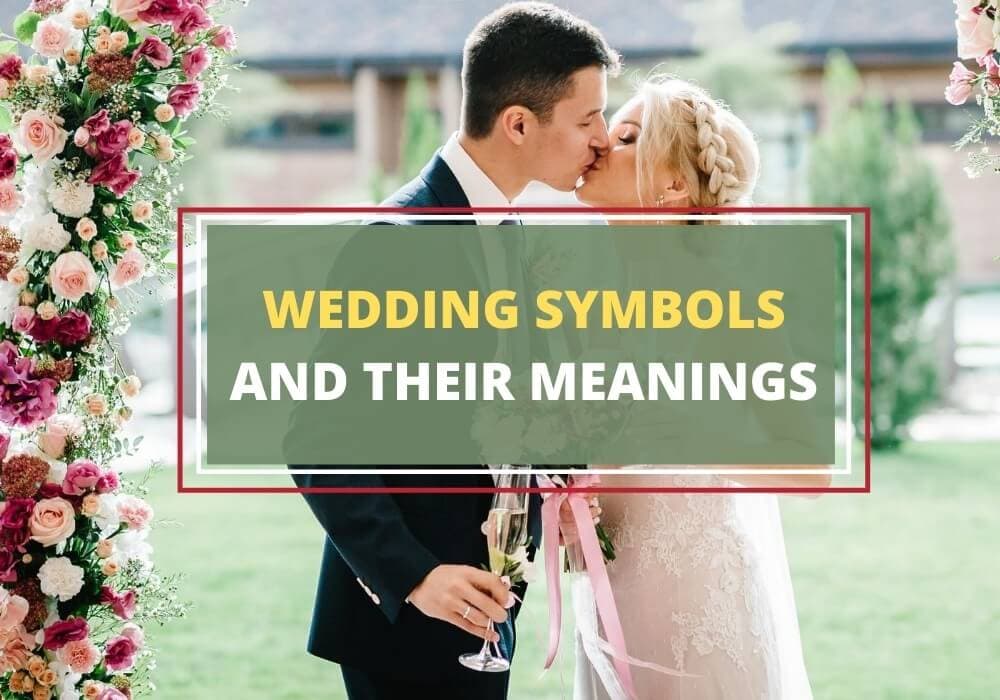
Table of Contents
ChatGPT
Weddings mix love, symbols, and old traditions into something special. From swapping rings to tossing the bouquet, these aren’t just steps to follow. They’re packed with deep cultural meanings and reflect what couples value most. They tell the story of the couple’s journey, their commitment, and how their lives come together.
Let’s explore these beloved rituals, discover the love stories, heritage, and unity they represent, and see why they’re more than just routine customs.
Wedding Cake
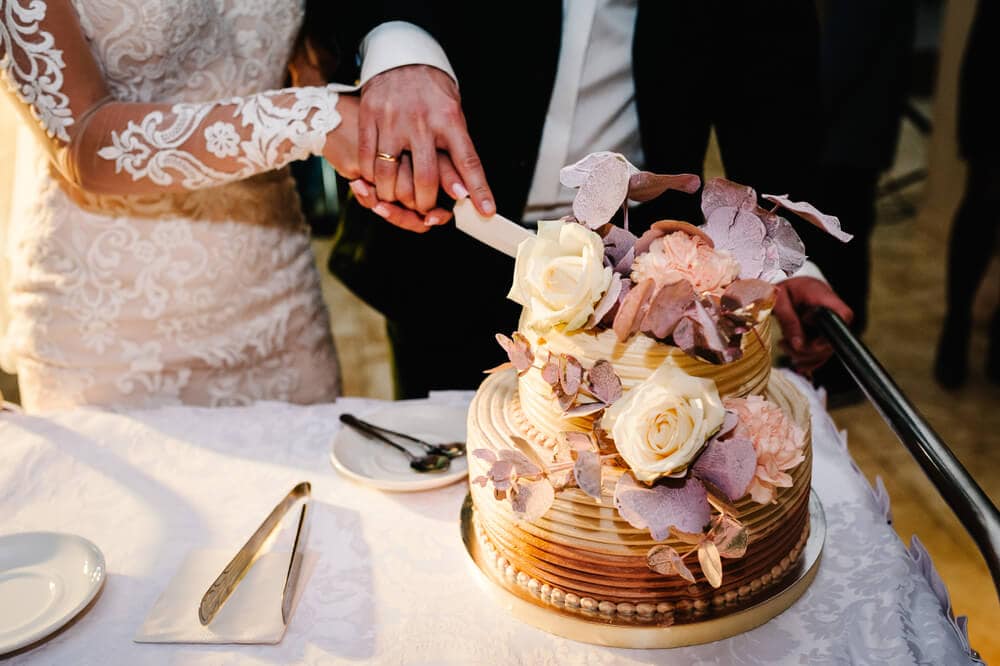
The cake cutting ceremony is a cheerful occasion and a wedding symbol that represents the couple’s union. Although it’s a seemingly fun and entertaining moment, the meaning and significance of cake cutting goes much deeper.
In ancient Rome, and Medieval Europe, the cake cutting ceremony symbolized the consummation of a physical and emotional relationship between the bride and groom.
In the Victorian Era, white frosted wedding cakes became the norm, and were believed to symbolize the bride’s innocence, purity and virginity. These connotations have now diminished, and many couples prefer to cut the cake as a symbol of love, unity, equality, friendship, and commitment.
Wedding Ring
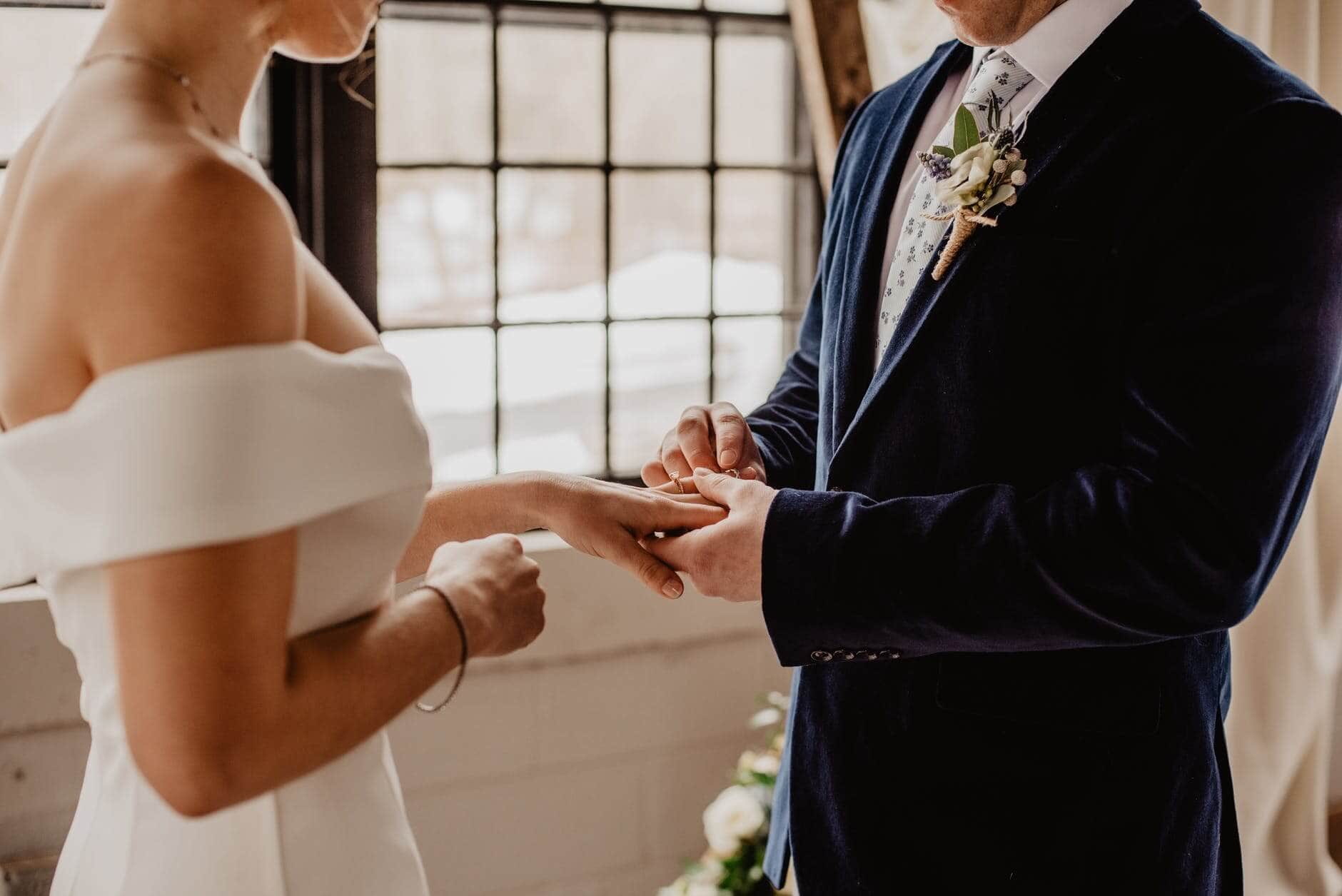
Weddings often feel incomplete without exchanging rings, though some people skip this tradition nowadays. The ring exchange is a wedding symbol that’s a big part of making the marriage official. This tradition dates back to ancient Egypt, where people exchanged reed rings as a love symbol. It caught on in Rome and then spread throughout the Western world.
For ages, only women wore wedding rings to show they were married. This changed after World War II, when both partners started wearing rings to show their deep love and commitment. Usually, wedding rings are family heirlooms or have a simple gold design.
Wedding Gown
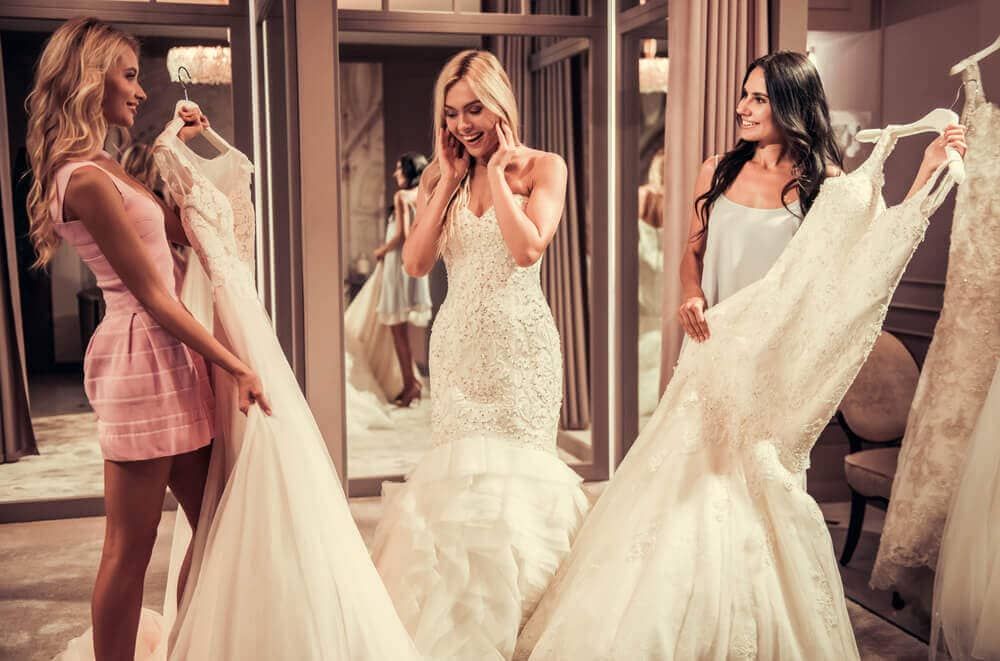
The white gown is more than just a dress; it’s a wedding symbol of purity, unity, and the start of a new chapter in the bride’s life. Traditionally, its white color stands for purity and innocence. Yet, the style, fabric, and details go beyond that, showing off the bride’s unique personality and spirit.
It marks a major life change, from being single to becoming part of a committed partnership. While the styles and trends of wedding dresses have changed over time, picking up new cultural vibes, their deep symbolic meaning hasn’t budged. It represents love, dreams, and hopes.
As the bride makes her way down the aisle, her gown tells her personal story, celebrates her family’s customs, and looks forward to a future filled with love and togetherness.
Bridal Veil
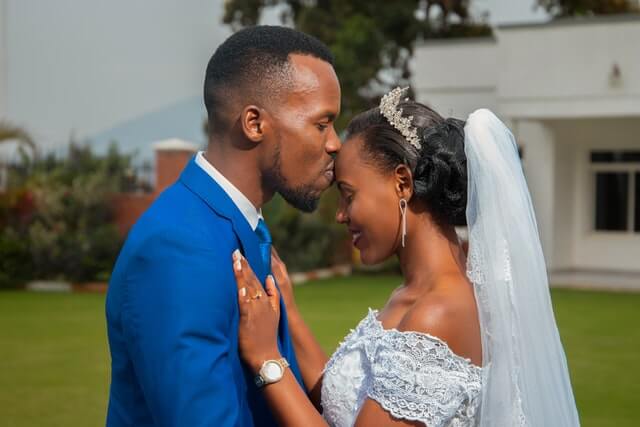
The bridal veil, more than just a piece of fabric, carries centuries of meaning. It used to be about protecting the bride from evil spirits or showing off her purity. Some places even see it as a wedding symbol of the bride’s virginity, with the groom lifting it as they start their married life together. Nowadays, it’s also a fashion choice, letting brides show their style and set the vibe for their wedding.
Despite changing trends, the veil still marks the big move from being single to being married, full of mystery and excitement for what’s coming. It acts like a final checkpoint before the bride embraces her new life, with its removal symbolizing a reveal of her new identity and shared future.
Whether for tradition, looks, or both, the bridal veil stands out as a symbol of beauty, mystery, and stepping into marriage. That moment of unveiling is a big deal, turning the veil into more than an accessory—it’s a treasured symbol of love, commitment, and fresh starts.
Bridal Bouquet
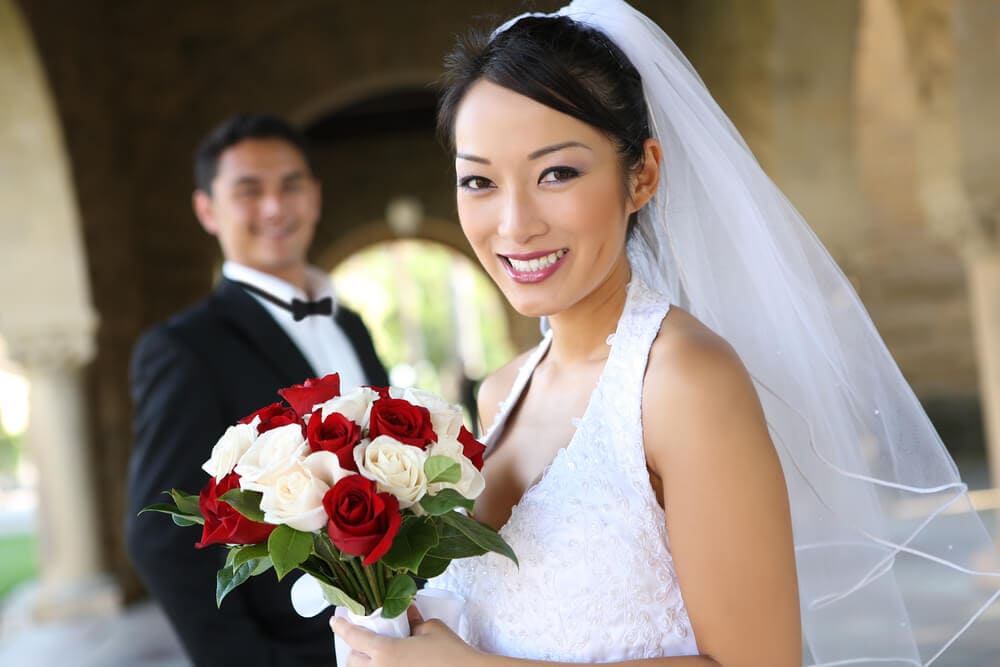
The tradition of carrying bridal bouquets can be traced back to Ancient Rome, where brides did not carry flowers, but medicinal plants and herbs that gave off a strong smell, which was said to ward off evil spirits. In the Middle Ages, the bride’s herb bouquet was also a way to mask her body odor. Remember, this was a time when people only showered every so often so body odor was a real thing to contend with!
These herb bouquets were gradually replaced for flowers in the Victorian Era, which symbolized femininity, fertility, and love. The ribbons that secured the bouquet, reflected unity and companionship between the couple. Nowadays, brides choose flowers that suit their distinct style and personality.
Bouquet Toss
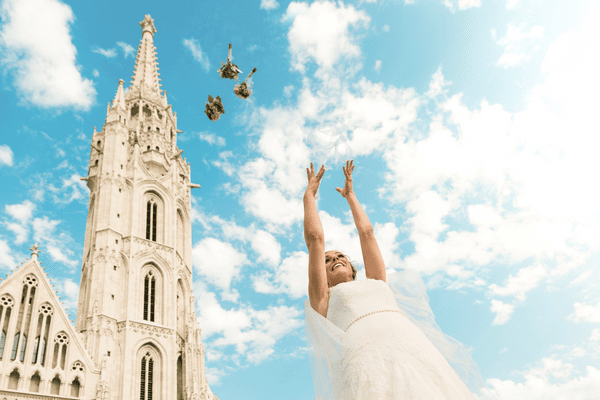
The bouquet toss at weddings is all about fun and tradition, symbolizing the passing of good luck and happiness from the bride to the single ladies in attendance. The idea goes way back, suggesting that whoever catches the bouquet will be the next in line to get married, sharing in the bride’s joy and luck.
It’s a highlight for many, adding a dash of excitement and playfulness to the celebration. More than just a game, it’s a way to spread the love, hoping the bride’s happiness catches on with her friends still looking for their special someone.
As times change, so do attitudes toward this tradition. Some people keep it as a favorite wedding moment, while others might skip it or put their twist on it. Either way, the bouquet toss is about bringing everyone together for a moment of hope, laughter, and shared dreams of love, emphasizing that weddings are not just about two people but about community and connection.
A Buttonhole (or Boutonnière)
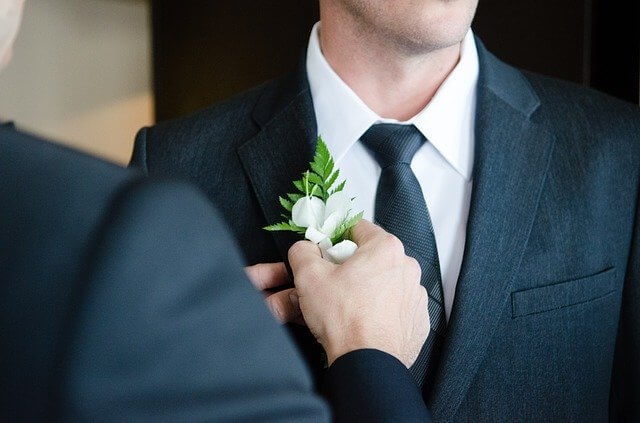
The buttonhole, pinned to the left lapel of the groom’s and male guests’ suits, carries deep symbolism and tradition in weddings. It’s not just for looks; it echoes the bridal bouquet, symbolizing love, fertility, and togetherness, and highlights the groom’s commitment and readiness for marriage. The choice of flower in the buttonhole is meaningful too—a rose for love and passion, ivy for fidelity and lasting bond, telling the couple’s story and their hopes for the future.
More than just a pretty addition, the buttonhole marks its wearer as a key figure in the wedding. It ties the groom and his group to the wedding’s overall theme, making a unified visual statement and emphasizing the ceremony’s shared spirit.
This way, the buttonhole goes beyond simple decoration. It captures the groom’s feelings, his connection to tradition, and his relationship with the bride, standing out as a powerful symbol of the wedding’s importance and the couple’s new journey together.
Rice Throwing
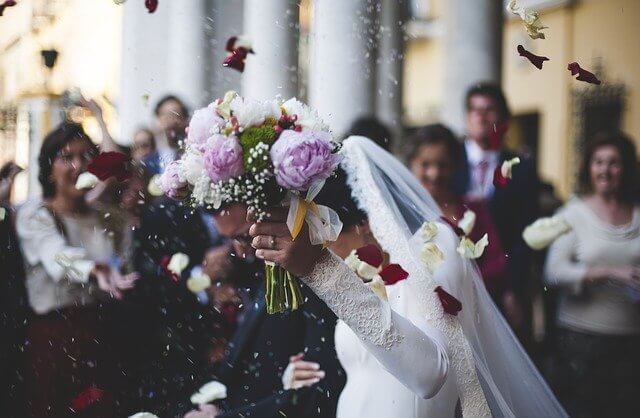
Throwing rice at weddings spans across cultures as a symbol of prosperity, fertility, and good luck for the bride and groom. This custom involves guests tossing rice over the couple after the ceremony, wishing them a life as plentiful as a rice field. It’s a way for everyone to actively send their best wishes for a blessed, successful, and family-filled future.
Due to practical and environmental reasons, this tradition has seen some changes. Nowadays, people often choose birdseed, petals, or bubbles instead of rice to keep wildlife safe and venues clean, but the heartfelt wish for the couple’s prosperous and joyful life stays the same.
Throwing rice, whether with rice or another substitute, captures a moment of shared happiness and celebration, showing the community’s support and good wishes for the couple’s new chapter. It reminds us that, while the marriage journey starts with two people, it’s backed by the love and support of many.
Wedding Bells
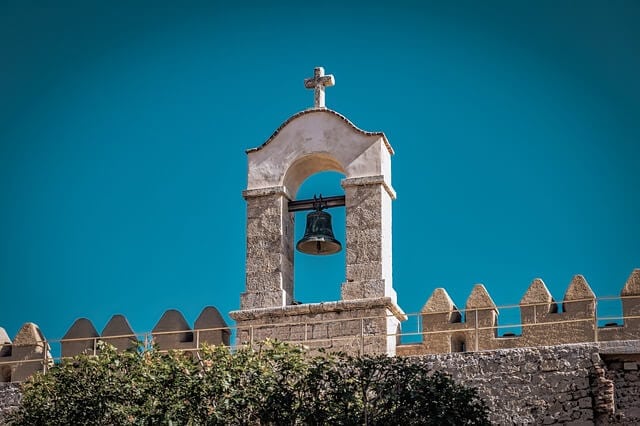
The custom of having wedding bells ringing on your wedding day originated in Scotland and Ireland. The pleasant ringing and jingling of the bells was said to ward off evil spirits and demons. The sweet melody was also believed to bring happiness to the bride and groom. The wedding bells could be rung at the beginning of a wedding, during the walk down the aisle, or towards the very end of the ceremony.
The symbol of wedding bells tied with a bow are a popular decoration, symbolizing love and companionship. Nowadays, bells are not used to ward off evil spirits, but still continue to be rung for their joyous sound, and elegant appearance.
Something Old, Something New
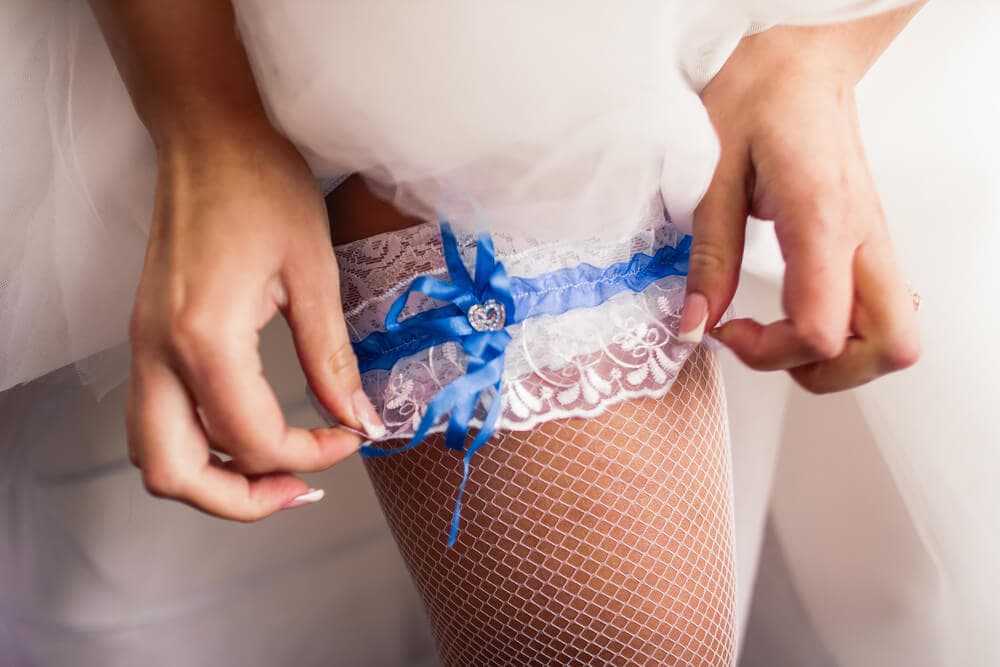
The tradition of “something borrowed, something blue” brings a touch of luck and happiness to a bride’s big day, rooted in an old English rhyme that blends four special items into her outfit or accessories. This saying, “Something old, something new, something borrowed, something blue, a sixpence in her shoe,” assigns a unique meaning to each piece.
A “something borrowed” usually comes from someone happily married, symbolizing the transfer of their joy and luck to the bride, suggesting that marital bliss is contagious and can be shared.
“Something blue” stands for loyalty, love, and purity, harking back to ancient beliefs in blue’s protective and virtuous qualities. Adding a blue item aims to shield the bride from bad vibes and promise a loyal, harmonious union.
These practices link the bride to her past, present, and future, offering a sense of continuity and community support as she embarks on married life. It’s more than just following superstition; it’s about embracing shared hopes and ensuring a foundation of love, fidelity, and happiness in the marriage.
Bridesmaids
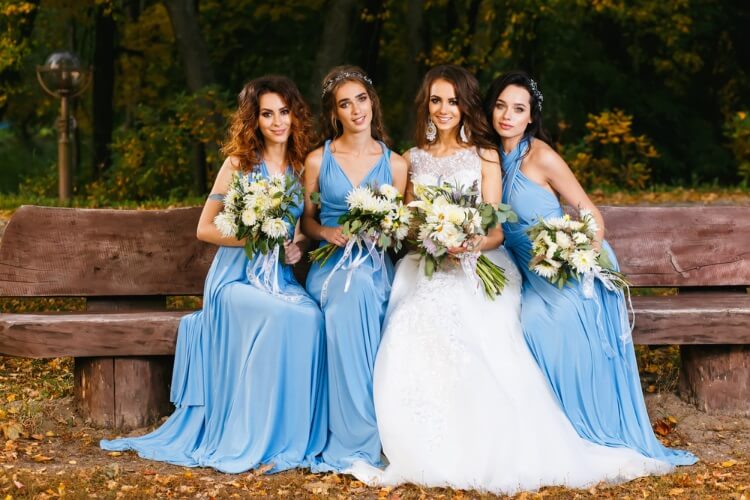
Bridesmaids do more than just keep the bride company on her big day; they stand as symbols of support, protection, and deep friendship. In the past, bridesmaids would dress like the bride to throw off evil spirits or anyone trying to disrupt the wedding.
Although we’ve moved past these old beliefs, the core role of bridesmaids hasn’t changed. They’re the bride’s main support squad, helping with wedding prep and being there for her through a major life change. Their role at the wedding shows their lasting friendship and loyalty, embodying unity and strength. They also signal the community’s backing and good wishes for the couple’s union.
By being part of the bridal party, bridesmaids add to the wedding’s joy, love, and overall celebration, sharing in the happiness of the couple’s next chapter. So, the bridesmaid tradition beautifully showcases the power of friendship, unity, and community in supporting and celebrating marriage.
Flower Girls
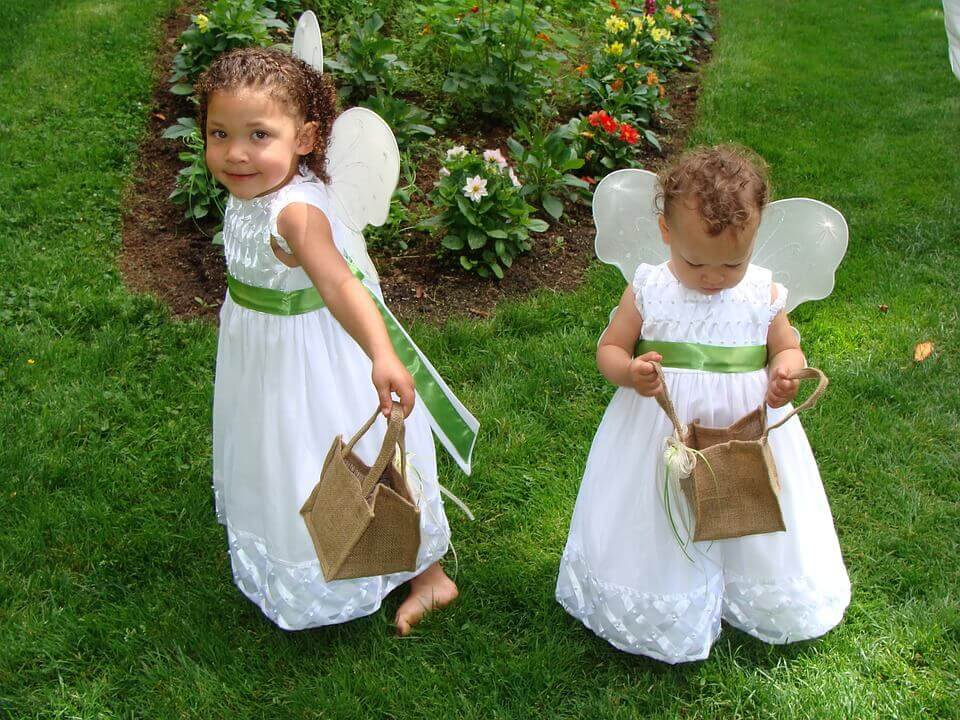
In the past, many marriages were done for political or economic reasons and having children was a duty expected of the bride. As a result, it became the custom to have little girls carry wheat and herbs as a symbol of fertility before the bride. These herbal bouquets were also said to bring good luck and fortune to the couple.
During the Renaissance, herbs and grains were replaced with garlic, which was thought to be an effective way to ward off evil spirits. From the Victorian era onwards, flower girls carried blooms or a circular floral hoop as a symbol of eternal love. These days, flower girls are simply just a joyous addition to wedding traditions.
Walking Down the Aisle
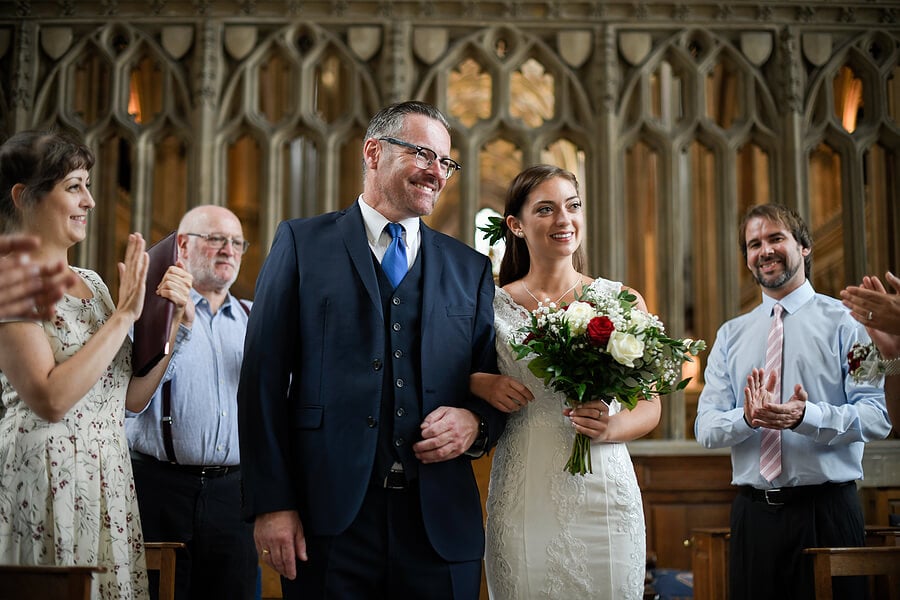
In the past, arranged marriages were the norm and there was always the fear of the groom backing out or something going wrong. When the father walked with his daughter down the aisle, it was to make the groom conscious that she was well protected and cared for.
The walk down the aisle, also represented transfer of ownership from the father to the groom. Nowadays, the act is seen as nothing more than a mark of love and affection. Many modern brides also choose their mother, a cousin, or their best- friend to walk them down the aisle.
Doves
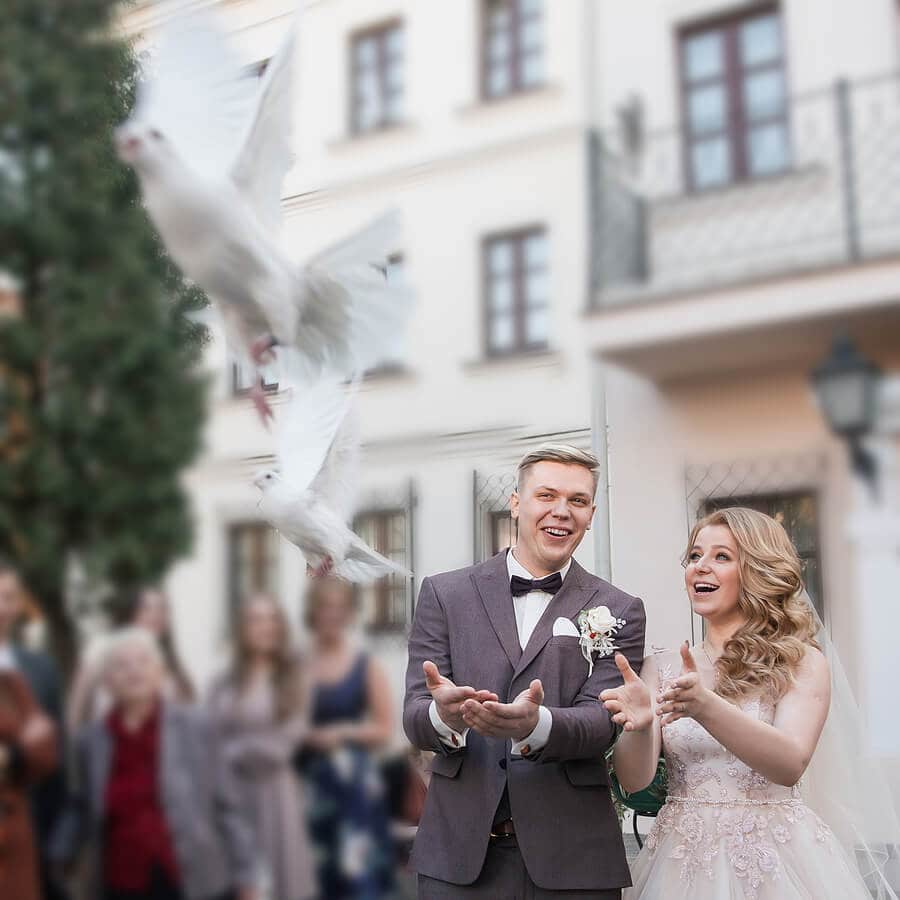
Couples often choose to have doves a part of their wedding as a symbol of peace, unity and freedom. If there was a family member who had passed away before the wedding, doves were placed in their chair to remember them.
Many couples release white doves after the vows, as a wedding symbol of everlasting love, as doves’ mate for eternity. Sometimes doves are released after a wedding, to symbolize honesty and fidelity between the couple. It is also said that couples who see a pair of doves on the day of their wedding are blessed.
Breaking the Glass
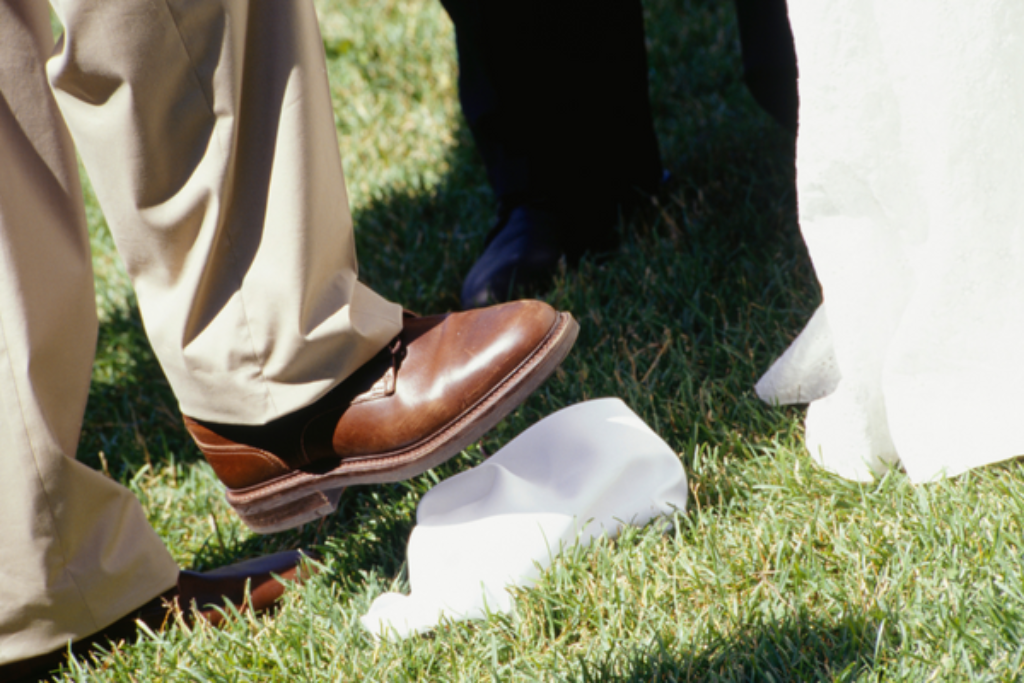
Breaking the glass at the end of a Jewish wedding is a wedding symbol that packs a lot of symbolism and emotion. The groom, and sometimes the bride, steps on a glass to break it, capping off the ceremony. This tradition does several things at once. It calls back to the destruction of the Second Temple in Jerusalem, connecting the couple’s joy to the resilience and shared history of the Jewish people.
The breaking glass points out how fragile relationships can be and the importance of taking care of them to last. It sends a strong message: while the glass breaks easily, the marriage should remain solid and unbreakable.
The loud sound of the glass breaking is also thought to fend off evil spirits, bringing everyone together to cheer “Mazel Tov!” and kick off the celebration. This transition from a serious moment to a festive one symbolizes the couple moving into a new life phase together.
Wrapping Up
Many of the wedding symbols we take for granted today have their roots in ancient pagan beliefs or religions. Today, customization is the key and most couples no longer simply do something because it’s always been done that way.
They pick and choose from among the many wedding customs, and even make their own. However, ancient wedding customs add structure and take the surprise out of weddings, keeping them traditional.








